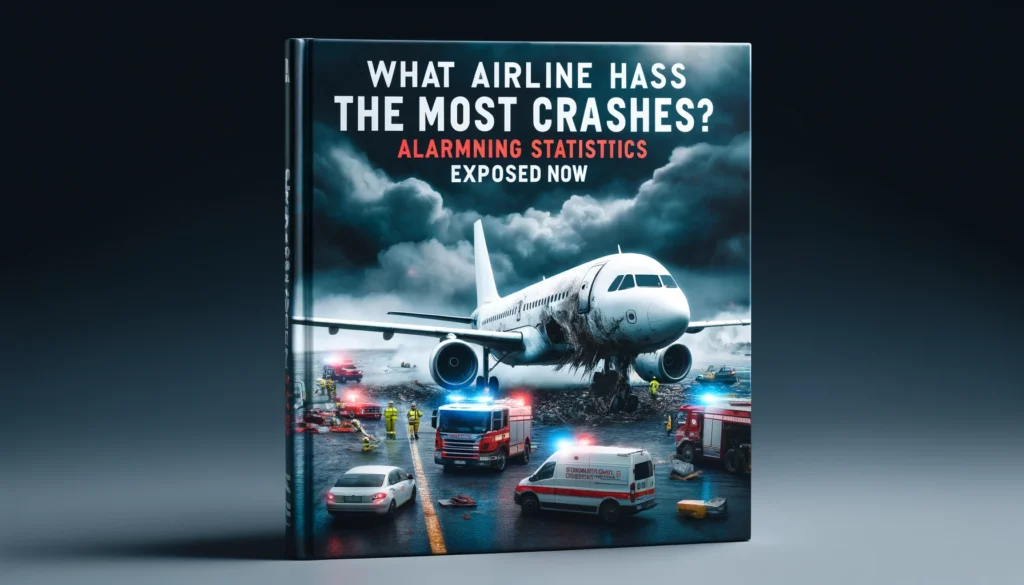Welcome to Wings Over Cloud! Today, I want to tackle a question many travelers have: what airline has the most crashes? As an aviation enthusiast, I know how important safety is for everyone. Understanding the history and current safety measures of airlines can help you make informed travel decisions.
The Importance of Airline Safety
Airline safety is crucial for all passengers. It’s not just about the number of crashes; it’s also about how airlines manage safety procedures, training, and aircraft maintenance. Modern airlines have improved significantly in these areas, but understanding past incidents is still valuable.
Historical Context of Airline Crashes
Airline safety has come a long way over the years. In the early days of aviation, crashes were more common due to less advanced technology and fewer safety regulations. Today, technology and regulations have improved, leading to fewer crashes. However, some airlines have had more incidents in the past, often due to larger fleet sizes and longer operational histories.
Which Airline Has the Most Crashes?
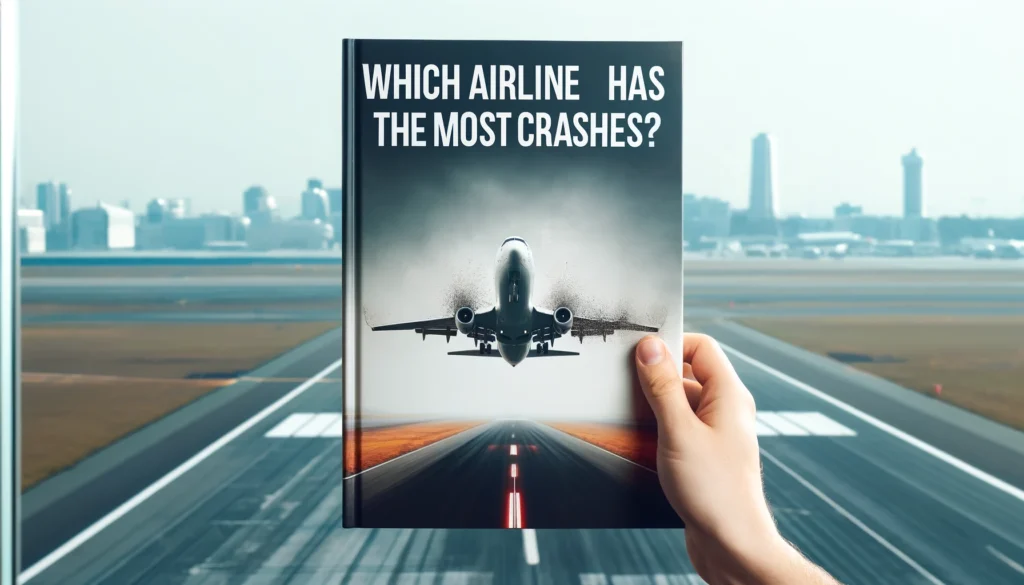
Notable Airlines with Historical Crashes
Let’s find out ‘which airline has the most crashes’. Several airlines have been noted for having a higher number of crashes. For example, Aeroflot, the Russian airline, has had many accidents, especially during the Soviet era. This was due to its large fleet and the challenging conditions it operated under. American Airlines is another example, with many incidents due to its extensive operational history and large fleet.
List of Airlines with the Most Crashes
| Airline | Number of Crashes | Main Factors |
|---|---|---|
| Aeroflot | 127 | Large fleet, Soviet-era operations |
| American Airlines | 95 | Extensive operational history, large fleet |
| China Airlines | 49 | Operational challenges, large fleet |
| Air India | 45 | Long operational history, varied conditions |
| United Airlines | 42 | Large fleet, extensive operations |
Factors Contributing to Crashes
Several factors contribute to airline crashes. Understanding these can help us see why some airlines have had more incidents.
Human Error
Human error is a leading cause of airline accidents. Mistakes made by pilots, air traffic controllers, and maintenance workers can lead to crashes. Despite rigorous training, human errors can still occur.
Mechanical Failure
Mechanical failures can also cause crashes. Problems with engines, avionics, and other critical systems can lead to accidents. Regular maintenance and thorough checks are crucial to minimize these risks.
Weather Conditions
Moreover, Weather plays a significant role in aviation safety. Severe weather conditions like storms, fog, and icing can pose serious risks to aircraft. Pilots are trained to handle these conditions, but they can still lead to accidents.
Bird Strikes
Bird strikes can cause accidents when birds collide with aircraft, especially engines. Airports use various methods to reduce the risk of bird strikes, but they remain a hazard.
Sabotage and Terrorism
Sabotage and terrorism have also played roles in some airline crashes. Security measures have increased significantly over the years to protect against these threats.
Analyzing Airline with Most Crashes Safety Records
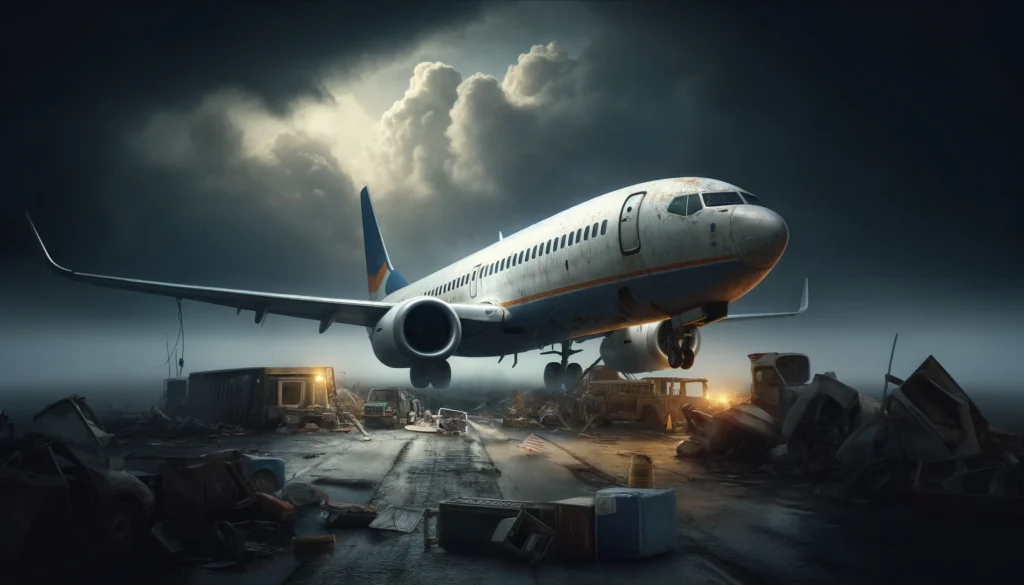
Furthermore, To determine which airline has the most crashes, we can look at data from sources like the Aviation Safety Network. This data provides a comprehensive view of historical and recent incidents involving different airlines.
Aeroflot
Aeroflot has had many crashes, especially during the Soviet era. Moreover, airline operated a vast fleet and faced numerous challenges, including harsh weather and less advanced technology. However, Aeroflot’s safety record has improved significantly in recent years.
American Airlines
American Airlines has one of the largest fleets in the world and has been operating for many decades. This extensive operational history naturally leads to a higher number of incidents. However, American Airlines has made significant strides in improving safety and maintaining high standards. Click to Learn More About American Airlines
Comparing Crash Rates
When comparing airlines, it’s important to look at crash rates relative to the number of flights operated. Furthermore, This provides a more accurate picture of an airline’s safety performance. An airline with a large fleet and many flights may have more incidents, but its crash rate per flight could be low.
Crash Rates Comparison Table “Airline With Most Crashes”
| Airline | Crashes | Flights Operated (millions) | Crash Rate per Million Flights |
|---|---|---|---|
| Aeroflot | 127 | 10 | 12.7 |
| American Airlines | 95 | 30 | 3.2 |
| China Airlines | 49 | 8 | 6.1 |
| Air India | 45 | 7 | 6.4 |
| United Airlines | 42 | 25 | 1.7 |
How Airlines Improving Safety
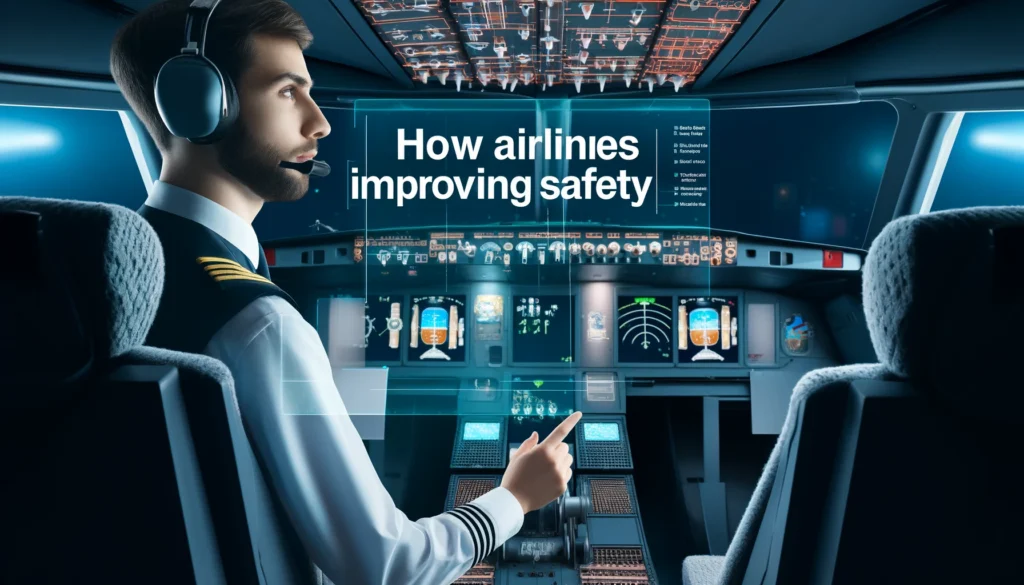
Moreover, Modern airlines invest heavily in safety, this includes advanced pilot training, rigorous maintenance schedules, and state-of-the-art technology. However, Understanding these efforts can help you appreciate how airlines work to keep passengers safe.
Pilot Training
Pilot training is a cornerstone of airline safety. Airlines invest significant resources in training their pilots to handle various scenarios, including emergencies. Simulators and recurrent training ensure that pilots are well-prepared.
Maintenance Practices
Regular maintenance is critical to ensuring the safety of aircraft. Airlines follow strict maintenance schedules and adhere to international standards. Advanced diagnostic tools and thorough inspections help identify and address potential issues before they become serious problems.
Technological Advancements
Moreover, Technology plays a vital role in modern aviation safety, as the Advanced avionics, collision avoidance systems, and real-time monitoring of aircraft systems enhance safety. These technologies help pilots and ground crews detect and address issues promptly.
Safety Audits and Inspections
Airlines undergo regular safety audits and inspections by regulatory bodies. Furthermore, These audits ensure compliance with safety regulations and identify areas for improvement. Airlines that prioritize safety often welcome these inspections as opportunities to enhance their operations.
Safety Ratings and Records
Safety ratings from organizations like the International Air Transport Association (IATA) provide valuable insights into an airline’s safety performance. Moreover, These ratings consider various factors, including incident history, operational procedures, and regulatory compliance.
Choosing a Safe Airline
When choosing an airline, consider these factors to ensure your safety:
Check Safety Ratings
Before booking a flight, check the safety ratings of the airline. Reputable sources like Skytrax and AirlineRatings.com provide comprehensive safety ratings based on various criteria.
Consider Fleet Age
Newer aircraft are generally safer due to advanced technology and design improvements. Airlines that regularly update their fleets tend to have better safety records.
Research Pilot Training Programs
Look into the airline’s pilot training programs. Airlines that invest in advanced training for their pilots often have better safety records. This information can usually be found on the airline’s website or through aviation industry publications.
Review Maintenance Practices
Ensure the airline follows strict maintenance practices. Airlines that adhere to rigorous maintenance schedules and comply with international standards are generally safer.
Read Customer Reviews
However, Customer reviews can provide insights into an airline’s safety culture. So Look for feedback on how the airline handles safety issues and emergencies. Moreover, Websites like TripAdvisor and airline forums can be valuable resources.
Personal Insights on Airline Safety
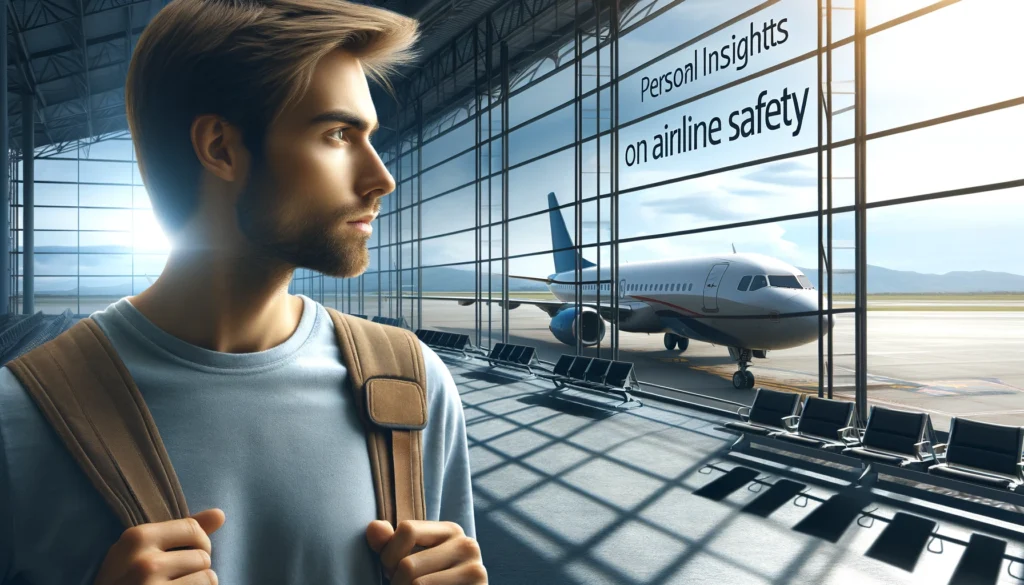
As someone deeply invested in aviation, I have my preferences and insights regarding airline safety. I tend to trust airlines with transparent safety practices and a strong commitment to training and maintenance.
Preferred Airlines
Basically, Airlines like Qantas and Finnair have excellent safety records and are known for their rigorous safety procedures. I feel confident flying with these airlines because of their commitment to maintaining high safety standards.
Importance of Transparency
Transparency is key when it comes to airline safety. Moreover, Airlines that openly share information about their safety practices, incidents, and improvements instill more confidence in passengers. However, I appreciate airlines that communicate openly about safety and take proactive measures to address any issues.
What Airline Has The Most Crashes “Prioritizing Safety in Air Travel

Safety should always be a top priority when choosing an airline. Moreover, By understanding which airline has the most crashes and why, you can make informed decisions and fly with confidence. At Wings Over Cloud, we emphasize the importance of safety to ensure you have the best travel experience possible.
Furthermore, For more insights on aviation safety and travel tips, visit Wings Over Cloud. Stay informed, stay safe, and enjoy your journey with peace of mind.
Additional Resources
For those interested in learning more about airline safety, here are some useful resources:
Call to Action
If you found this article helpful, please share it with fellow travelers and aviation enthusiasts. At Wings Over Cloud, we are committed to providing you with the best information to enhance your travel experience. Feel free to explore our website for more articles and resources on aviation safety, travel tips, and much more. Fly safe and see you in the skies!
By understanding the factors that contribute to airline crashes and the measures airlines take to improve safety, we can all make more informed travel choices. Remember, safety is a shared responsibility between airlines and passengers. Stay vigilant, stay informed, and enjoy your travels with confidence.
FAQs: Airline with most crashes & Safety insights
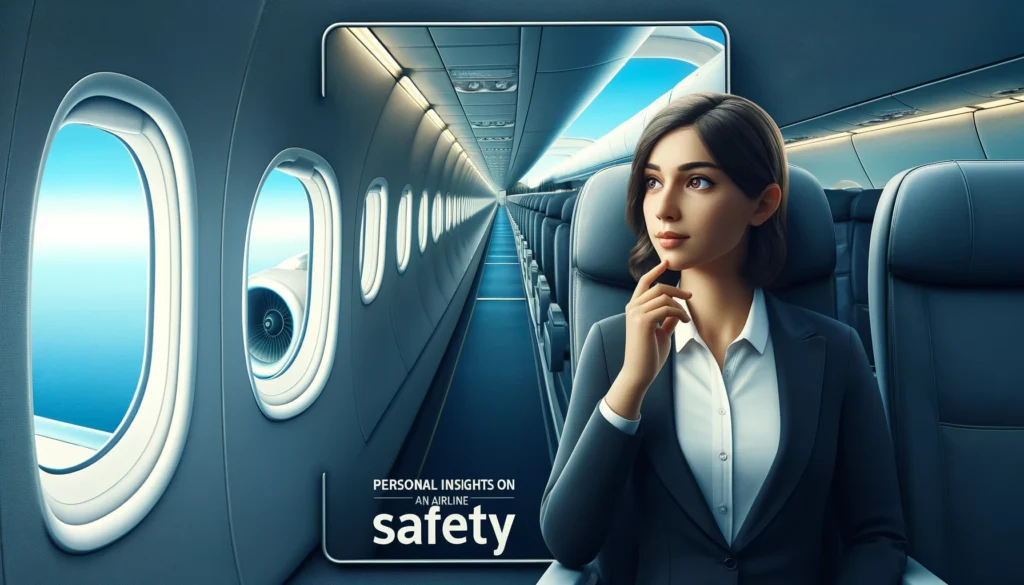
Q: Which airline has had the most crashes in recent years?
A: While some airlines have had more incidents historically, improvements in technology and safety practices have significantly reduced crash rates. Always check the latest safety records for up-to-date information.
Q: How can I find out if an airline is safe?
A: Check safety ratings from reputable sources, review customer feedback, and consider the airline’s fleet age and maintenance practices.
Q: What should I do if I feel uneasy about flying with a certain airline?
A: Research the airline’s safety record, read reviews from other passengers, and consider choosing an airline with a strong safety reputation.
Q: Are newer airlines safer than older ones?
A: Not necessarily. While newer airlines might have newer fleets, older airlines often have more experience and established safety protocols. Always check specific safety records.
Q: How often do airlines update their safety protocols?
A: Airlines update their safety protocols regularly, often in response to new regulations, technological advancements, and internal audits. Frequent updates are a sign of a proactive safety culture.
Thank you for visiting Wings Over Cloud. Moreover Learn “Chances of Plane Crash: Unveil Astonishing Truths That Will Going To Shock You!” We hope this article has provided valuable insights into airline safety and helped you feel more confident in your travel choices. Safe travels!

